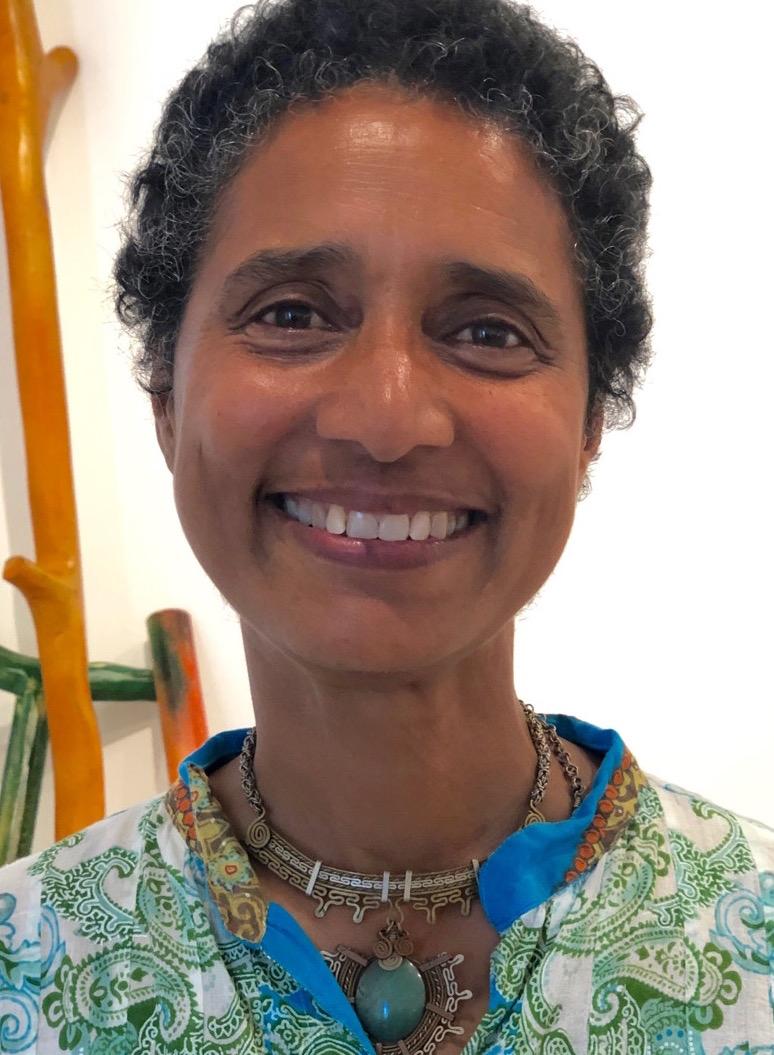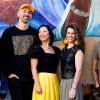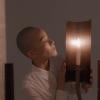
If you rarely or never set foot inside San Francisco’s majestic City Hall, here’s your reason to finally explore the heart of our local governance. No, not a boring docent-led tour but a vibrant site-specific performance that celebrates the history of this spectacular public building while redefining what it should and could be to all residents, from all neighborhoods, not just the wealthy.
The People’s Palace, conceived, directed, and choreographed by Joanna Haigood, has been four years in the making. Haigood, artistic director of Zaccho Dance Theatre, explained the genesis of this project co-presented by Zaccho and Dancers’ Group:
“Wayne Hazzard [executive director of Dancers’ Group] and I have been close friends and colleagues since 1985. We have collaborated on a few projects over the years: The Shifting Cornerstone on Mission Street in 2008 and the first Rotunda Dance Series produced by Dancers’ Group in 2010. [Back then], we presented excerpts from our piece Sailing Away, which featured the stories of prominent Black San Franciscans from the 1850s.”

Haigood continued: “Wayne called and told me about the extraordinary funding opportunity the Hewlett Foundation had created [the Hewlett 50 Arts Commissions] and asked if I would be interested in collaborating on a project. Of course, I jumped at the chance to work with him again. I was also really attracted to the idea of making something specifically for City Hall. I don’t think we discussed any other site. It was a natural direction for us.”
When Donald Trump was in office, he signed an executive order to standardize the architecture of new buildings in Washington, D.C., to be in the classical style. The Architecture Lobby, a grassroots organization that advocates for an equitable built environment, submitted a letter summarizing its opposition. Here is an excerpt: “Neoclassicism in the U.S. is directly related to the construction of whiteness. It was whiteness that was sought after in the many plantation houses that chose the style, justifying it as an emulation of ancient Greek ‘culture’ to separate themselves from the Indigenous peoples whose land was stolen and the enslaved African people forced to build and work in them.”
Haigood added: “In becoming aware of how architectural design can implicitly and explicitly enforce the invisibility of minority populations, I realized my own struggle to find a sense of belonging in this civic building where very few people of color are represented in the design.
“So I decided on an artistic intervention of sorts, with the intention to insert narratives that are excluded from representation, a way to provide a more accurate picture of who and what defines San Francisco. I don’t intend the piece to be a dismissal of the integrity or the value of this historical architecture. It is a brilliant example of the Beaux Arts style and an artistic and engineering marvel. It is deeply admired and cherished by people of San Francisco. I want this piece to feel more like a celebration of the city’s diverse and vibrant community and its legacy of and commitment to thriving together in this extraordinary landscape. I also want it to be a catalyst for dialogue surrounding how to reimagine our public spaces in a way that truly reflects who we are.”

The performers for The People’s Palace include aerialists who will explore City Hall’s lofty rotunda on a platform 40 feet above the floor and dancers who will have more than enough staircases to demonstrate that gravity isn’t much of an inconvenience for them. Also taking part is the Skywatchers Ensemble, based in the Tenderloin neighborhood. Together, Zaccho, Dancers’ Group, and Skywatchers make up a broad swath of identities that fulfills Haigood’s goal of letting all voices have space in this place.
Behind the scenes, the rest of the very accomplished creative team includes composer Marcus Shelby, visual artist Mildred Howard, scenic designer Sean Riley, rigging designer David Freitag, design consultant and fabricator Wayne Campbell, lighting designer Krissy Kenny, projection designer Aron Altmark, costume designer Dana Kawano, and Indigenous culture bearers Gregg Castro and Jonathan Cordero.
The People’s Palace repeats every 30 minutes over a two-and-a-half-hour period for three performances, May 9, 10, and 12. Audiences can stay as long as they want in order to wander and observe from different levels and angles. With free admission and disabled access, no one has any reason not to come.




